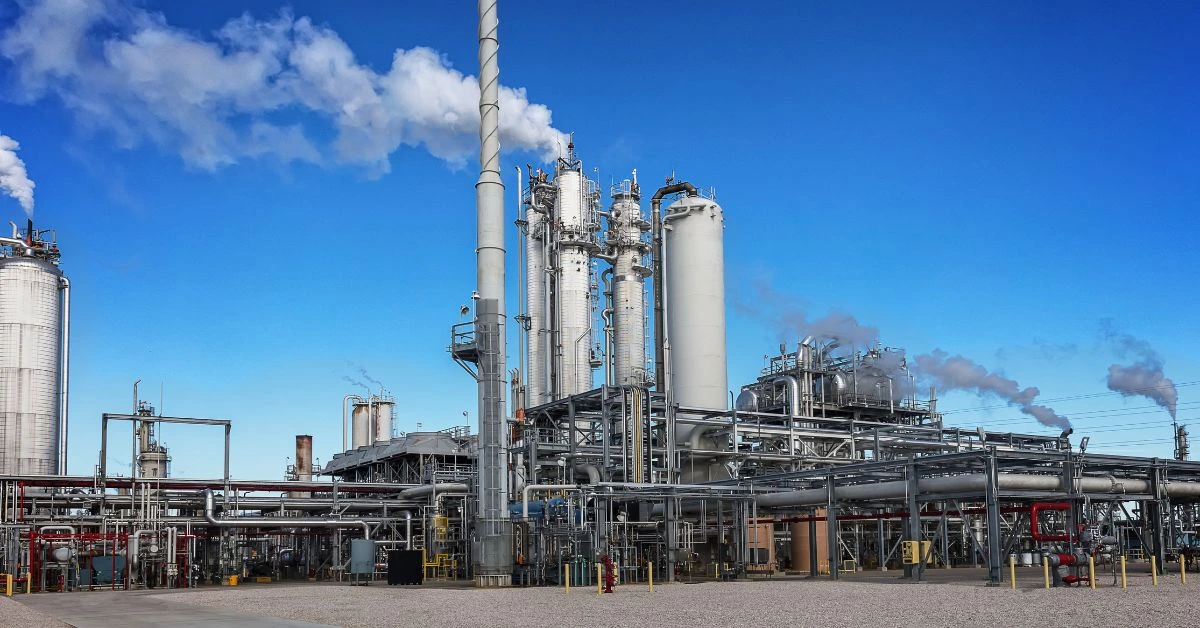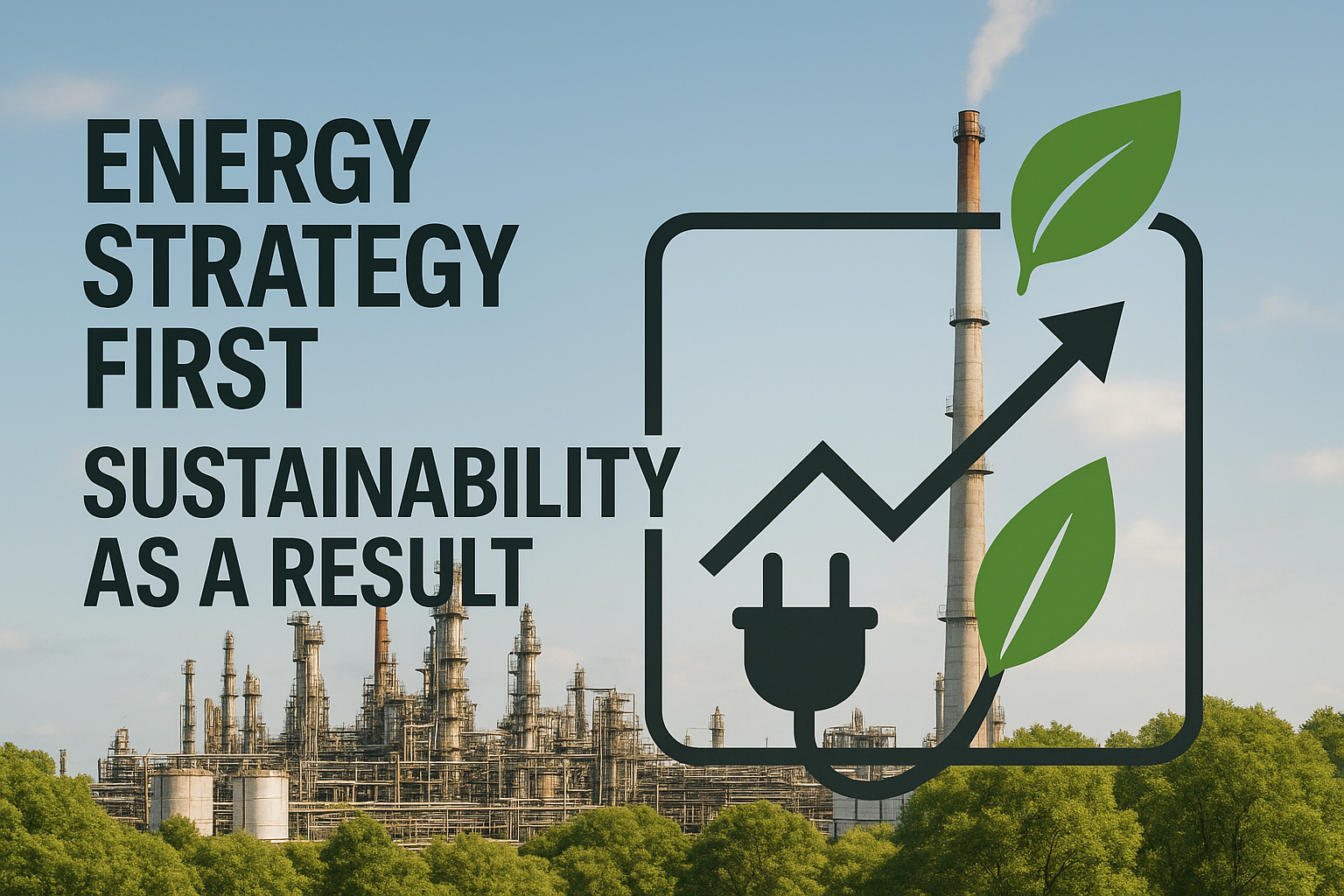Efficiency losses in continuous manufacturing represent a critical concern that can quietly erode millions in annual revenue. For operations running 24/7, even minor operational issues compound into substantial economic drains over time. AI optimization presents a compelling opportunity for forward-thinking process industry leaders to improve profits and operational efficiency. According to a PwC CEO Survey, 34% of CEOs report that AI has contributed to increase profitability over the past year, highlighting the growing financial impact of AI adoption.
Closed-loop AI enables real-time and autonomous adjustments, significantly enhancing profit margins by addressing operational inefficiencies dynamically.
These AI systems can optimize yield, energy consumption, and other critical variables in ways that traditional control methods simply cannot match. The following blueprint outlines a transformative pathway to unlock these efficiencies and capture the full potential of AI-driven profit optimization in continuous manufacturing processes.
Understanding Profit Optimization in Continuous Operations
Profit in a continuous plant hinges on four fundamental levers: yield and quality, energy efficiency, throughput, and asset utilization. A polymer line that reduces off-spec material raises yield; a cement kiln that burns less fuel improves energy intensity; a cracker that maintains higher conversion boosts throughput; and a compressor train kept out of surge extends equipment life. Each lever contributes directly to the margin you report to leadership.
The financial stakes are steep. Energy costs can account for up to 50% of variable expenses, meaning even a 1% efficiency slip quietly erodes annual earnings. Small inefficiencies accumulate relentlessly around the clock—every degree of waste heat, every minute of partial loading, every unplanned slowdown compounds in the annual production.
Process integration challenges, such as upstream-downstream imbalances and equipment reliability issues, magnify these losses significantly.
Maximizing these profit levers requires dependable, real-time data: historian tags, laboratory sample results, live energy-price feeds, and maintenance logs. External pressures—volatile feedstock prices, emerging carbon fees, and stricter quality expectations—make rapid, data-driven responses essential. By aligning comprehensive data readiness with these profit levers, operations can position themselves to capture the full upside of intelligent optimization.
The Limits of Traditional Control Approaches
Most distributed control systems excel at maintaining process stability but fall short of maximizing profitability. Operators typically set conservative targets to ensure production stays within safety envelopes, even when this approach sacrifices potential throughput or yield improvements.
Manual adjustments rely heavily on delayed lab sample results and handwritten shift notes, meaning processes can drift for hours before anyone responds effectively. Static control logic particularly struggles when disturbances from one unit ripple downstream to other operations.
In continuous processing, coordinating upstream reactions with purification systems proves especially challenging because data flows between units remain incomplete or incompatible. Equipment reliability issues compound these challenges—extended campaigns accelerate filter wear and sensor drift, forcing unplanned pauses that steadily erode margins.
Turning Real-Time Data into Profit Optimization
Your plant continuously streams thousands of pressure, temperature, and flow readings that represent untapped optimization potential. A closed-loop AI model processes this live sensor data alongside dynamic energy tariffs and product prices, then identifies the precise operating zone that maximizes margin rather than merely maintaining a steady state.
Once the profit target becomes clear, the optimization layer writes new setpoints, always operating within established safety and compliance boundaries.
This intelligent workflow follows a systematic cycle:
- Observe – The system continuously monitors current plant conditions
- Analyze – It processes data to evaluate probable outcomes of different actions
- Decide – The AI determines optimal adjustments to maximize profit
- Act – Controls are automatically modified to implement the chosen strategy
- Learn – The system immediately incorporates results to improve future recommendations
Because learning happens continuously, the model steadily improves as feed quality, ambient conditions, or market demand evolve.
The AI model enhance this optimization loop by making autonomous, multi-objective decisions that balance yield, energy consumption, and throughput simultaneously. This capability allows your plant to operate much closer to its most profitable trajectory with significantly reduced human intervention.
Cut Energy Costs Without Sacrificing Throughput
Intelligent optimization can reduce cement kiln fuel intensity while simultaneously increasing clinker output—proving that energy savings and production gains work synergistically rather than competing. The key lies in dynamic optimization that balances multiple objectives in real time, using sophisticated heat-integration models to calculate how every additional joule of waste heat, alternative fuel, or airflow adjustment affects both quality and cost.
Multi-objective controllers guide operations toward the lowest-cost operating point while maintaining product specifications. Progress can be measured by KPIs such as kWh per tonne of product, steam dollars per barrel, and kilograms of CO₂ per tonne, particularly in industries focused on energy efficiency and environmental impact.
Since fuel combustion drives most Scope 1 and 2 emissions, each percentage point of energy reduction directly shrinks your carbon footprint while improving profitability. These applications demonstrate the broad applicability of intelligent energy optimization across diverse process industries, delivering both environmental and economic benefits.
Boost Yield & Product-Quality Consistency
Small drifts in temperature, residence time, or feed ratios can push a continuous line out of specification long before laboratory results confirm the deviation. This delay inevitably translates into off-spec material, costly rework, and lost margin. Operations that deploy AI-driven soft sensors on critical quality attributes can address this challenge proactively by predicting quality in real time and making immediate corrections.
Building effective soft sensors follows a proven methodology. High-frequency inputs—reactor temperatures, differential pressures, downstream viscosities—feed into multivariate models trained on historical sample results.
These models align with fresh lab data each shift to minimize bias, then provide predictions so controllers can make minute-by-minute adjustments. As real-time monitoring tightens, excursions shorten dramatically and variability collapses.
Cross-industry evidence continues mounting as plants using intelligent control achieve steadier composition and higher sellable yields after systems begin making autonomous adjustments every few seconds. This validates that optimization principles translate effectively beyond chemicals into food processing, biotechnology, and other process sectors.
Adapt in Real Time to Market & Feed Variability
Commodity prices and feed quality can shift hourly, steadily eroding margins when control systems remain static. Intelligent optimization connects price feeds and inline composition analyzers, then adjusts the profit equation.
When key commodity prices spike, the system can bias reactor operations toward higher conversion, capturing additional value. This adaptive capability requires integrating price data feeds, calibrating feed analyzers, and allowing the optimizer to refresh objective coefficients regularly. Such agility leaves traditional APC systems operating with outdated targets, while AI models continue learning from every new data point.
Plants adopting this responsive approach achieve tighter quality bands and steadier profit margins even during periods of significant market volatility.
Extend Equipment Life & Slash Maintenance Spend
AI-driven grinding optimization exemplifies how intelligent control extends equipment life while boosting performance simultaneously. By pushing throughput to maximum power draw while maintaining precise particle size control, this shift from manual adjustments to algorithmic fine-tuning steadies torque, keeps bearings balanced, and delivers fewer unplanned shutdowns.
When optimization integrates with predictive analytics, the financial impact multiplies substantially. AI models monitoring vibration patterns, temperature profiles, and flow characteristics detect seal or filter fatigue early, giving maintenance planners sufficient time to schedule repairs before costly failures occur. Plants adopting this integrated approach report significant reductions in unscheduled repairs and overtime expenses.
This data-driven transformation converts maintenance from reactive firefighting to proactive asset management. Stainless reactors, process piping, and heavy grinding equipment all achieve longer service life, directly converting avoided downtime hours into measurable profit improvements across continuous manufacturing operations.
Turn AI Potential into Measurable Profit Gains with Imubit
Embarking on AI-driven optimization requires a strategic approach that balances ambitious goals with realistic implementation timelines. When preparing a Request for Proposal, focus on essential criteria that will determine long-term success:
Key evaluation criteria include closed-loop capabilities, domain-specific expertise, comprehensive support models, realistic timelines for value realization, and system transparency. These elements prove essential when assessing potential partners who can guide your transformation journey effectively.
Consider Imubit, recognized as a leader in closed-loop AI optimization, whose expertise can guide you through the transformative journey toward enhanced efficiency and profitability. Their proven track record in continuous manufacturing environments provides valuable insights for successful implementation. Schedule your Assessment today.




